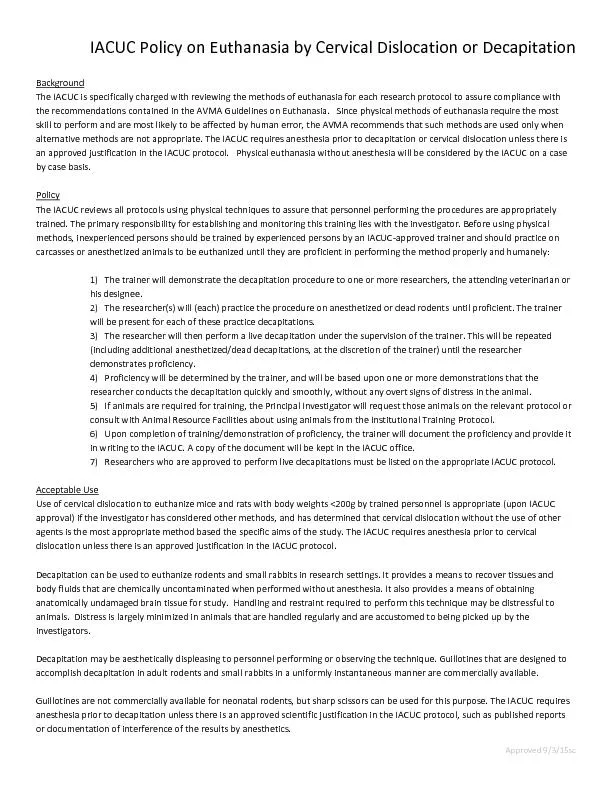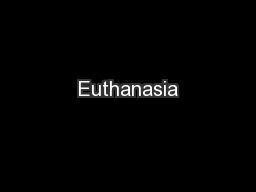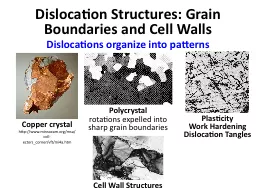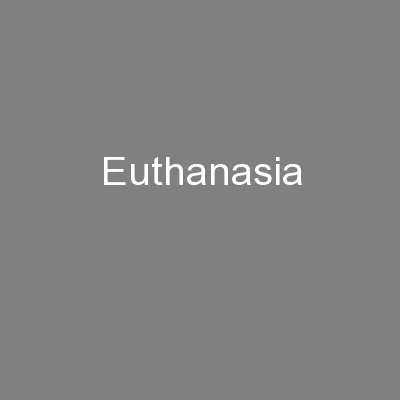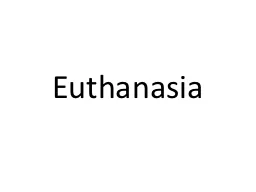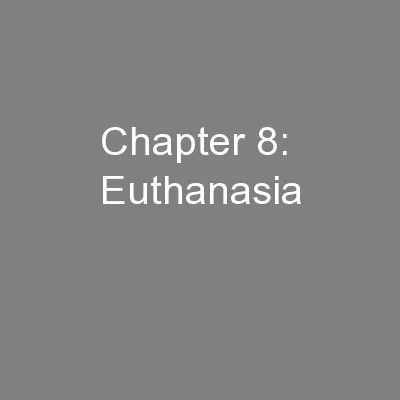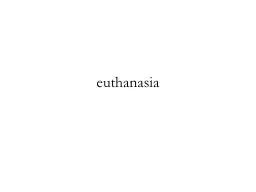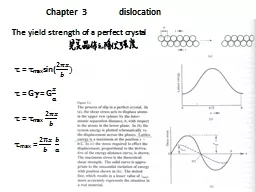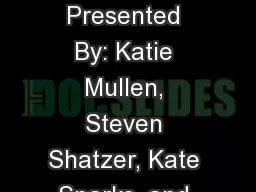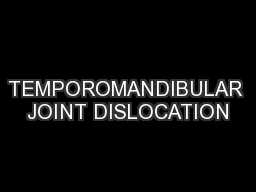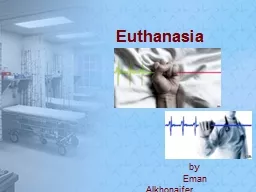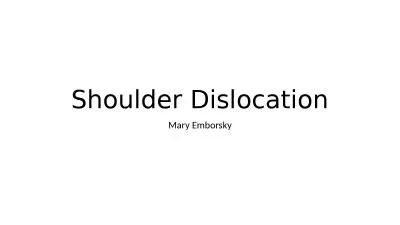PDF-Approved 9/3/15scIACUCPolicy on Euthanasia by Cervical Dislocation or
Author : cheryl-pisano | Published Date : 2016-03-11
ackground The IACUC is specifically charged with reviewing the methods of euthanasia for each research protocol to assure compliance with the recommendations contained
Presentation Embed Code
Download Presentation
Download Presentation The PPT/PDF document "Approved 9/3/15scIACUCPolicy on Euthanas..." is the property of its rightful owner. Permission is granted to download and print the materials on this website for personal, non-commercial use only, and to display it on your personal computer provided you do not modify the materials and that you retain all copyright notices contained in the materials. By downloading content from our website, you accept the terms of this agreement.
Approved 9/3/15scIACUCPolicy on Euthanasia by Cervical Dislocation or: Transcript
Download Rules Of Document
"Approved 9/3/15scIACUCPolicy on Euthanasia by Cervical Dislocation or"The content belongs to its owner. You may download and print it for personal use, without modification, and keep all copyright notices. By downloading, you agree to these terms.
Related Documents

